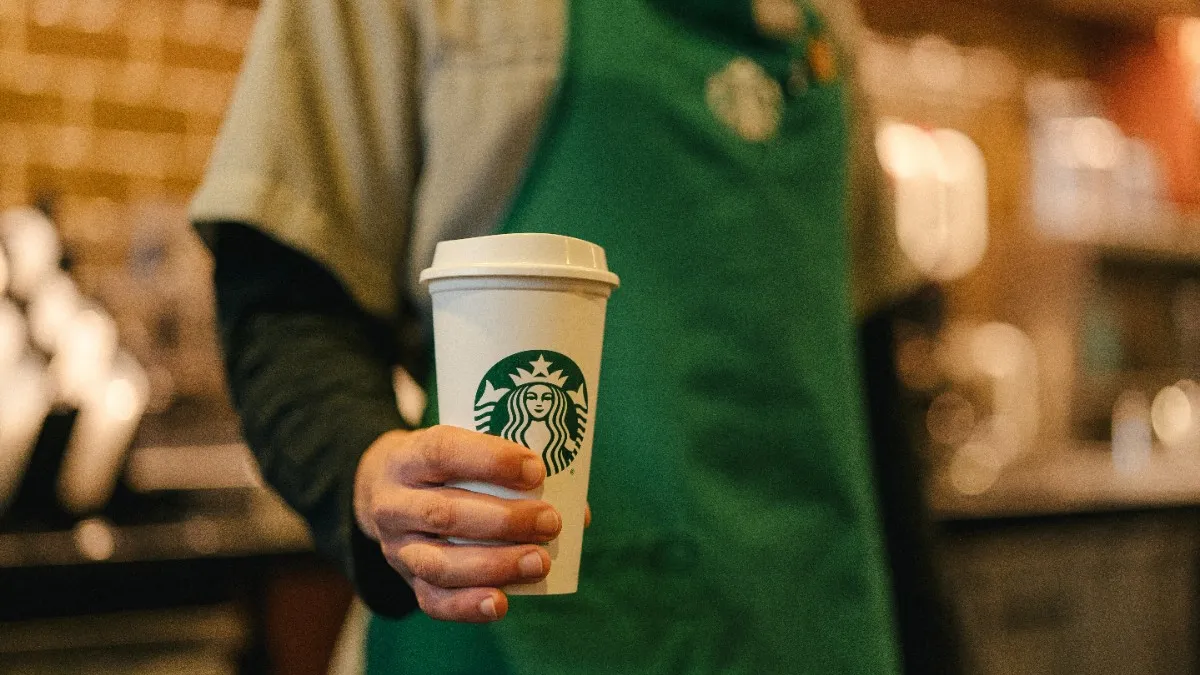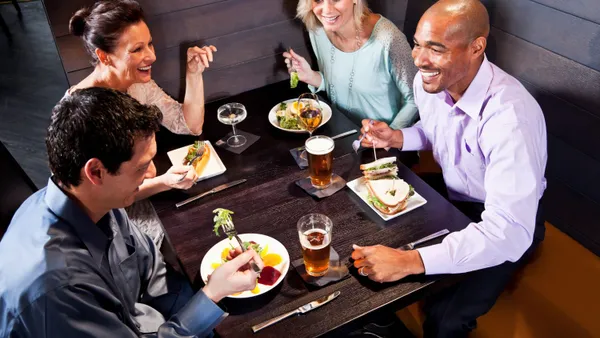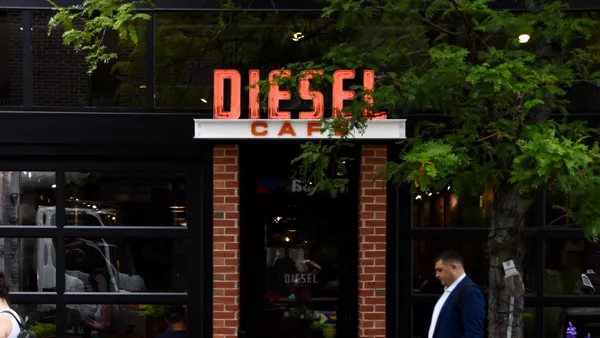Dive Brief:
- Visits to Starbucks were up 2.6% in August versus a January 2019 baseline, despite higher menu prices and longer wait times, according to a Placer.ai report.
- Starbucks’ smaller-format stores have experienced about 15% more visitors per square meter in the past year compared to its traditional cafes. These models are about 20% the size of its standard stores.
- Starbucks plans to add 2,000 new stores by 2025, particularly targeting pickup, delivery-only and drive-thru only locations. This expansion push is boosted by an incremental $450 million investment.
Dive Insight:
Starbucks surpassing its 2019 traffic levels may come as a bit of a surprise given that the pandemic took a hit on the morning daypart and urban markets — two of the brand’s strongest areas. During its most recent earnings call in early August, however, COO John Culver said the morning daypart continues to rebound and now represents over 50% of sales, while its urban core is “opening up” and experiencing positive comp growth.
Still, Starbucks has a target on smaller markets in the Midwest and Southeast for expansion, including Louisville, Kentucky; Memphis, Tennessee; Cincinnati; Indianapolis and Knoxville, Tennessee. Stores in these markets have historically underperformed against Starbucks’ national average traffic counts, yet are the most receptive to new retail investment, the report notes. By leveraging its smaller formats, the brand could penetrate these relatively unsaturated markets at a lower cost and, therefore, lower risk.
Culver indicated the need to change during the company’s investor day earlier this month, stating, “It’s clear our physical stores have to change. Our physical stores were built for a different era.”
Other café concepts are also prioritizing smaller models to meet a changing, on-the-go consumer and a challenging real estate market. Last year, Dunkin’ opened its 1,000th Next Gen restaurant, featuring a dedicated mobile order pickup area and drive-thru lane. Earlier this month, Au Bon Pain unveiled a to-go-focused model, while Panera opened its first to-go-only format in June.














